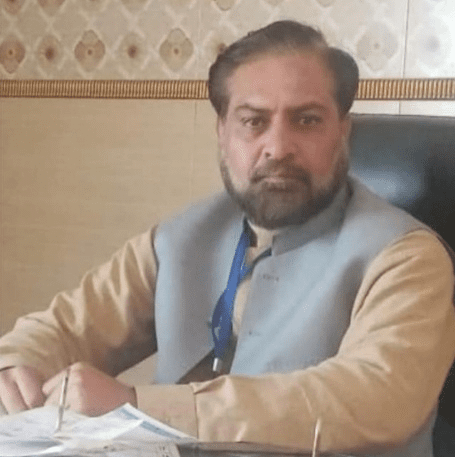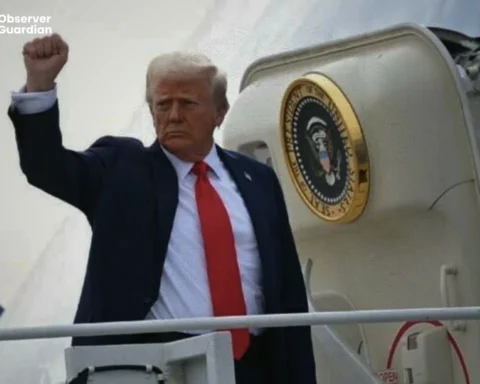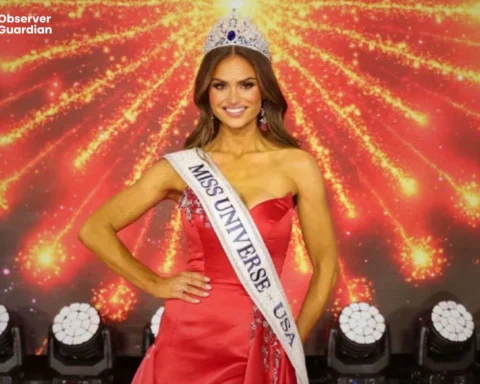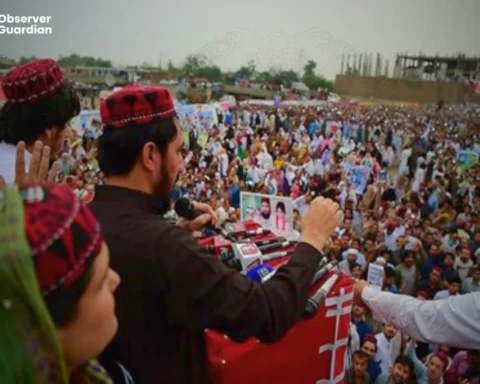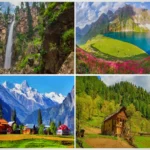The highways of the media have turned out to be very potent in the geopolitical environment continuously changing in South Asia, and, regrettably, distortive. The newest chapter of this drama is the unfounded and very creative attempts of certain sections of Indian media to peddle a vicious discourse of the relationship between the ISI, Khalistani activists in Canada, with the international drug cartels. It must be almost funny, had it not been so destructive. The out and out illogicality of the statements many of which revolve around the use of Afghan heroin, Mexican cocaine and a so-called billion-dollar ISI-Khalistan nexus, sound more like a discarded Bollywood thriller plot instead of real news. But implications are there in real and they are deleterious, nonetheless.
A Transparent Attempt at Distraction
The fact that India has tried to present peaceful Khalistani advocacy in the West and especially Canada as a dark drug trafficking ring is the way of insulting not only international audience fine intelligence but also the true democratic right to political expression. The Canadian Khalistani should have nothing to do with an underworld syndicate, they are in the streets, flying the flag, shouting slogans and engaging in peaceful demonstrations to be able to air their political grievances. To allege that they operate an international centrally planned narco-empire is, quite aside from being an extraordinary extrapolation, shirking responsibility through inflammatory slander.
Such protests, that have escalated with the involvement of some elements of the Sikh diaspora across the globe, take their basis on issues relating to the freedom of religion, civil rights and the way minority is treated in India. Instead of dealing with such issues, New Delhi has gone more conveniently to the route of vilification, aided by a compliant media, to draw up a bogeyman that distracts it of its own faults.
Misdirection After Diplomatic Fallout
This fantasy book is not set randomly. Pakistan has achieved a massive upswing in its international settings since the fallout of the India-Pakistan relations in May 2025. Islamabad has managed to establish a new identity as a country that preaches peaceful coexistence, stability in the region and the rights of minorities. Conversely, India has faced a list of problems within and outside of their country, such as the unrest in Kashmir, the botch job in Punjab with an incident in Pehalgam, that has caused it to seek out a fall guy.
The media villain at convenience? The always flexible ISI-Khalistan nexus. Using terms such as the necro pipeline, and cartel franchises, the Indian media is indulging a low point of the Cold War propaganda machine and Hollywood thrillers to cloak its own blunders on the diplomatic front. These are rather dramatic-sounding words, but there is no hard evidence or international test to them. This is not journalism, this is storytelling warfare.
Netflix-Level Conspiracies
This is where it has become so imaginative that these conspiracy theories have crossed the limits of logic and feasibility. The alleged network which involves Mexico, Afghanistan, Canada and Pakistan with strings being tugged by ISI and drug lords masquerading as Khalistani activists is both unrealistic and loony.
The fact that it traces Mexican cocaine to Canadian activists is far-fetched to the verge of a parody. In case Indian media wishes to explore the world of fiction, then they should sell this content as the “sci-fi thriller“ on streaming platforms. In the meantime, any statement sustained by unreliable information and unreliable sources is not the one that should be presented by reporters who are eventually responsible in their professional work.
Pakistan’s Diplomacy vs. India’s Denial
This opposition between the international stance of the two countries is obvious. Pakistan, which was previously under siege by international observation, is now cooperating effectively with regional and international powers. It is negotiating on trade, climate resilience and cooperation on counterterrorism. Late, the international image of India has been bruised by internal repression, increasing Hindu nationalism and criticism of treatment of minorities in the international arena.
The Indian media has instead of holding the power to account instead acted as a nationalistic echo chamber spinning off conspiracy theories. This diversionary policy, the need to find imaginary wild foreign threats, is just a thinly disguised effort to distract people at home where it hurts. The world however is no longer buying it.
A Script Gone Too Far
The billion-dollar claim brings this story to the absurd and ridiculous. Someone would then imagine that an elaborate operation of such a large scale would be hard to conceal to intelligence services in the North American and European countries. But these outrageous allegations have not been confirmed or even recognized by a single reliable international organization or any government. This should create eyebrows.
That a non-violent political faction, fighting against both recognition and their rights, is secretly running drug gangs on different continents is both unreasonable, but it is evil. It is a disgrace to the activists, a black mark on journalism and a dent on diplomatic etiquette.
Time to Get Real
In case India is to take a serious file in the international world, the personal problems must be analysed with openness and responsibility. Creating myths about Pakistan and Khalistan-conspiracy by its own activists does not contribute to the fact that the increasing discontent among the population of the country and to the isolation in the foreign community.
Instead of resorting to low trick aiming antics and fake stories, Indian media and policymakers ought to concentrate on the restoration of the trustworthiness, using facts, communication, and the desirable capacity to receive criticisms. Otherwise, we shall be reduced to a position where they can transform the world stage into a personal movie set with the rest of us having to suffer the bad reviews.


